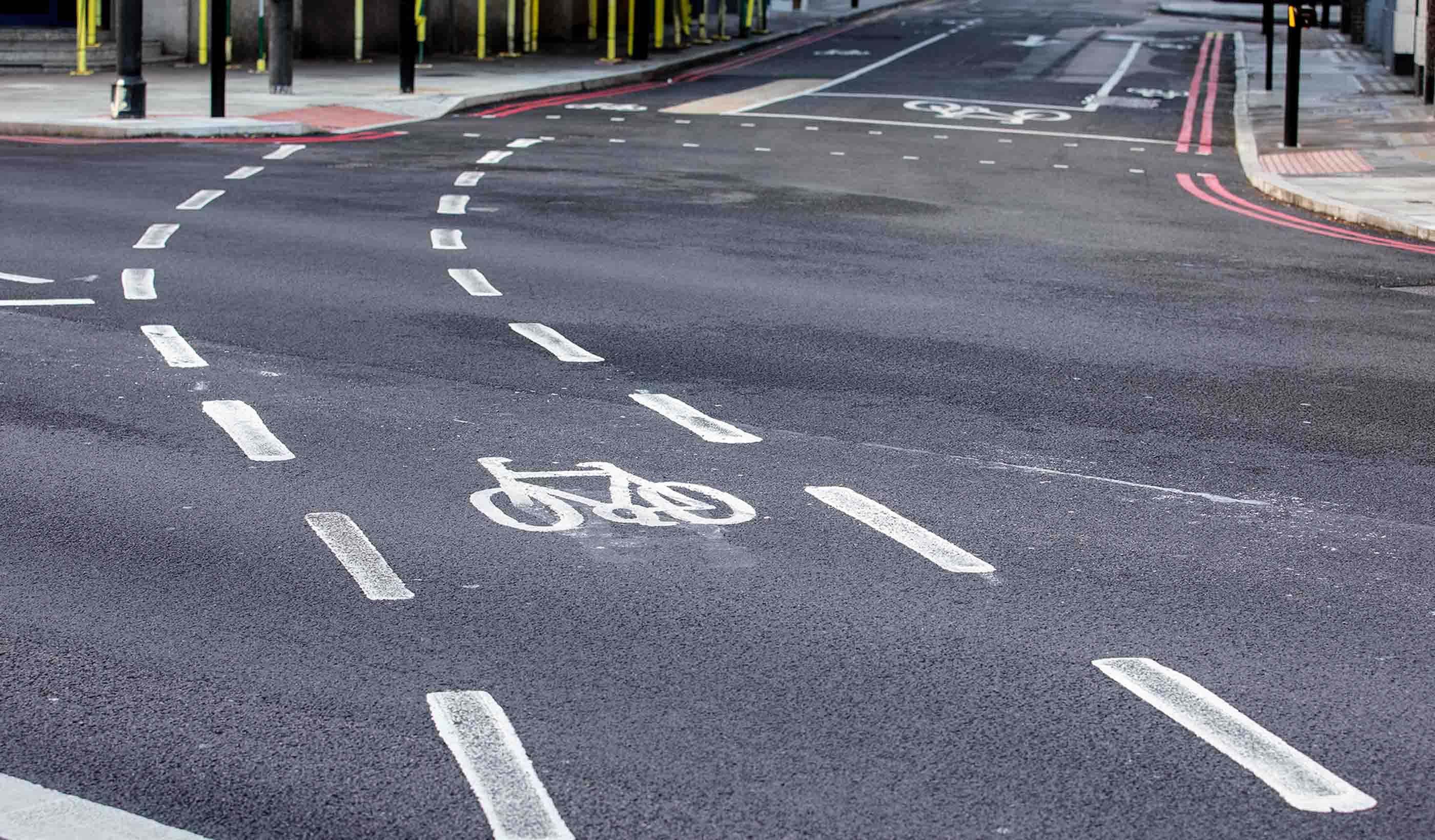Planning our future transport systems
November 02, 2021
November 02, 2021
The UK’s 2021 Transport Planning Day campaign focuses on the role of transport planners to provide a transport system that is accessible to everyone
We asked David Bowers, a Chartered Transport Planning professional about his career journey, favourite mode of transport, and why the design of our systems is so important.
My work involves the development and assessment of new transport schemes including new metro lines and rail stations. An important focus is considering how improvements in transport facilities (e.g., the removal of a traffic gyratory in a town centre) can help enhance conditions for pedestrians and cyclists - which in turn helps enhance the local urban environment.
Improvements are required at the large and small scale; from investment in infrastructure to ensure transport networks have step-free access through to providing more signs to help people navigate their way around an area. Providing access to more information—whether on the internet or on the street—can make a big difference to how people move around.

Transport planning considers how improvements in transport facilities can help enhance conditions for pedestrians and cyclists.
Accessibility is generally given a strong focus in design teams, but a more diverse group of professionals would help ensure a wider range of issues is considered.
The future is going to be electric with much better information available about journey options. Mass transit is still going to be needed in large cities to help people access the wide range of services and activities that cities can provide. There could be a shift to longer but less frequent commutes for office workers as part of a shift to hybrid working.
The introduction of the Congestion Charge in London in 2003 helped show what is possible with sufficient political will. With the ongoing shift to electric vehicles, the time for a much wider introduction of Road Pricing schemes could be coming as the Treasury considers how to deal with the loss in income from fuel duty and Vehicle Excise Duty (Road Tax).
Geography is a vital component of how people travel. If we keep building homes on the edges of towns or on green fields with no rail facilities and limited bus services, then the car can quickly become a default option. Changing planning policy to encourage more homes to be built in town centres (where services, shop and schools etc. can be easily accessed) would help reduce car dependency.

The future of transport is going to be electric with much better information available about journey options and mass transit is still going to be needed in large cities.
Transport affects everyone every day, from how people travel to work or school to how goods get to the local shops. Transport planning has a vital role in achieving net zero, is fundamental to the success of local communities and is at the heart of many efforts to ‘level up’ local areas. Working as a transport planner is a great way to help build and shape local communities, from designing new stations and cycle routes through to helping architects build sustainable developments.
The Star Ferry in Hong Kong – great views and great value!
At the start of my career, I worked in Hong Kong helping develop their metro system. It was a fantastic opportunity to work in another culture and see how excellent public transport services are delivered.